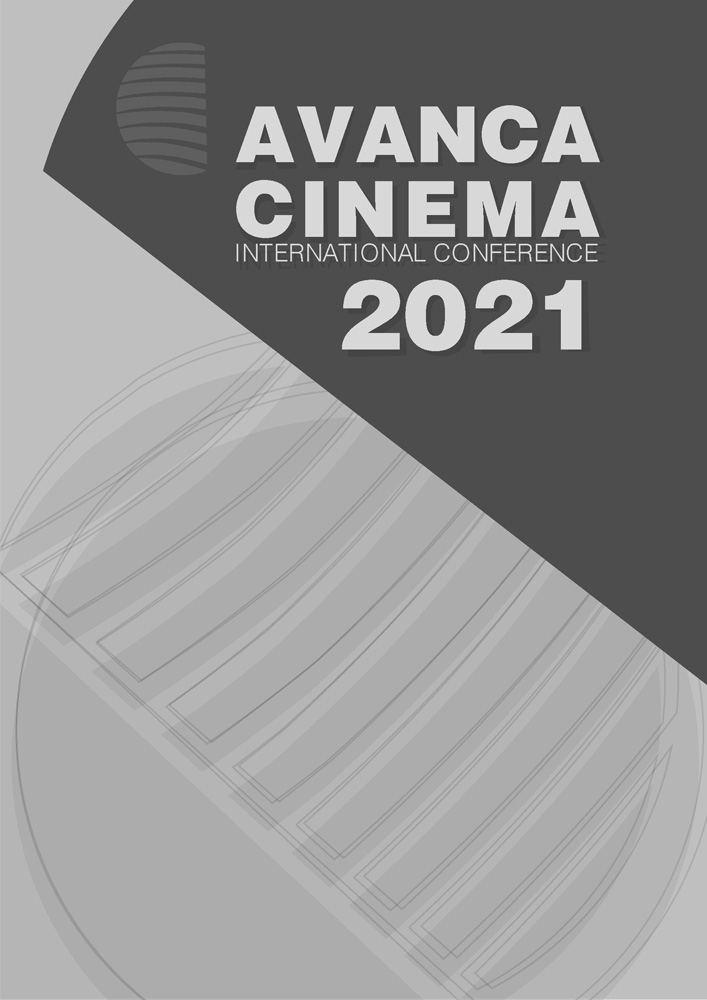Chapter IV _ Cinema - Technology
New Media and Technological Transformation
Abstract
The new media, which emerged with the effect of technological developments, brought a new dimension to communication. Technology product applications transcend the borders of traditional media and become an actor on a global scale. Thanks to new media applications, products such as information, news, and cinema are rapidly spreading from the country of manufacture to the whole world. Undoubtedly, it is very important that the internet has been improved in these developments. Internet has increased the relationship of many tools with each other. For example, it has caused radical changes in the general structure of the television or mobile phone, which is a great entertainment tool. With the constant change pointed out by the new media, the television left the living room, became accessible everywhere, and the TV viewers turned into individual users. Now, mobile phones, televisions with internet, tablets are important tools for viewers to reach rich content. Today, the demand for new media has made it necessary to transform its content too. As the importance of the content increases day by day; Over the air platforms such as Netflix and Blu Tv have emerged. These digital platforms have also changed the movie watching habits of the audience. In addition to the ease of use that new media offers, it also changes the way you watch television or movies. Viewers can access digital platforms whenever and wherever they want.
The aim of this study is to examine the transformation of the developments in communication technologies in the television and cinema watching habits of the audience. The survey method was used as a data collection tool to determine the new media usage habits of the audience. The universe of the research is students of Akdeniz University Communication Faculty. The sample of the study is 90 students of Akdeniz University Faculty of Communication. The survey was conducted online with the link sent to their WhatsApp. SPSS statistics program was used to analyze the data.

This work is licensed under a Creative Commons Attribution 4.0 International License.

